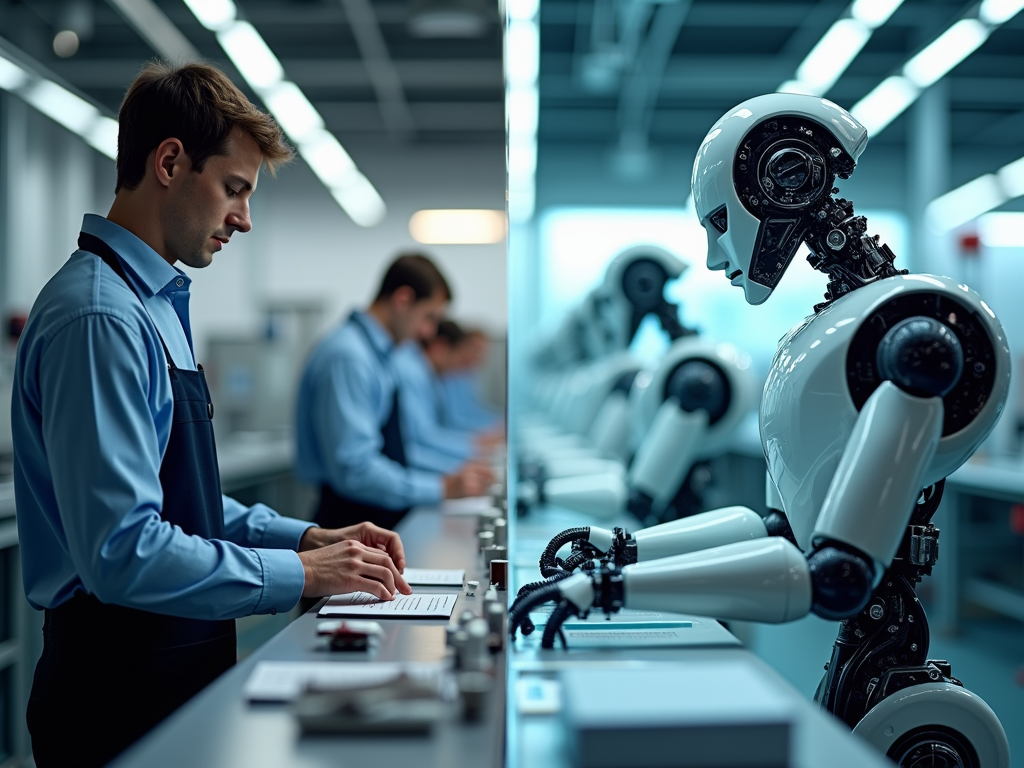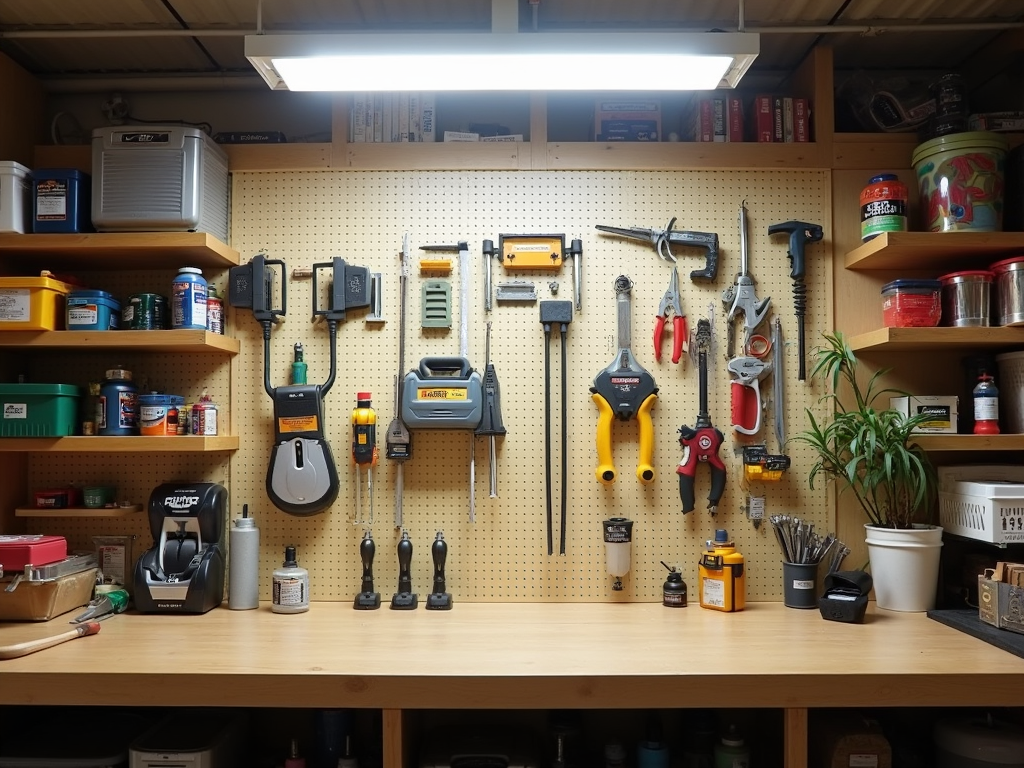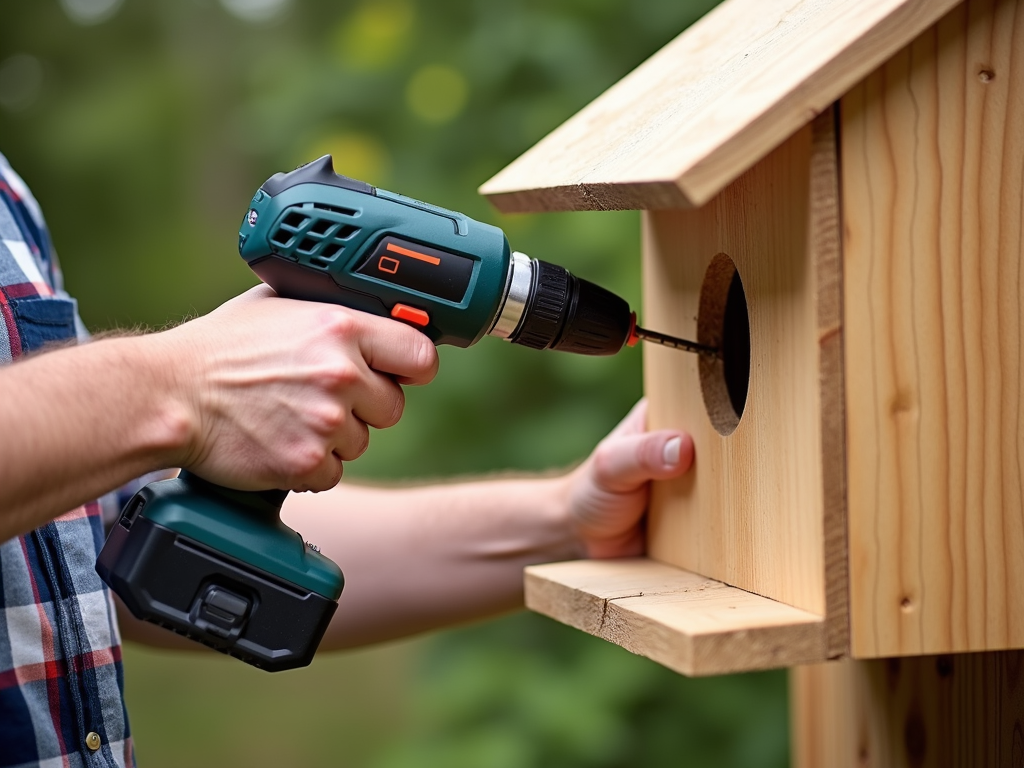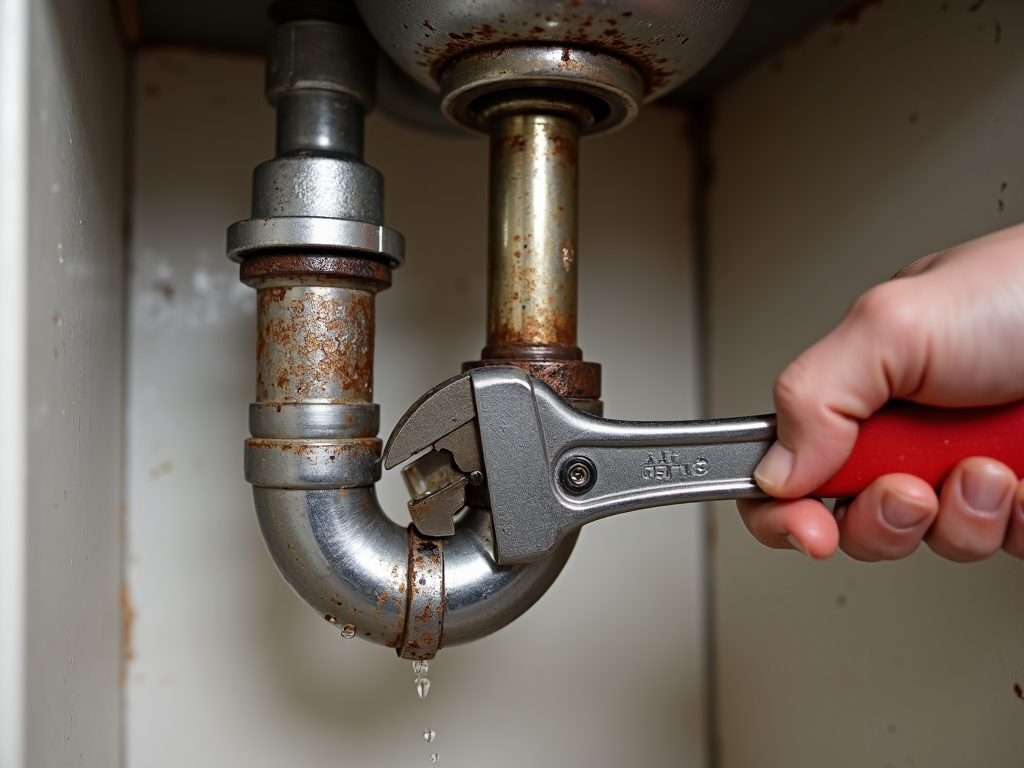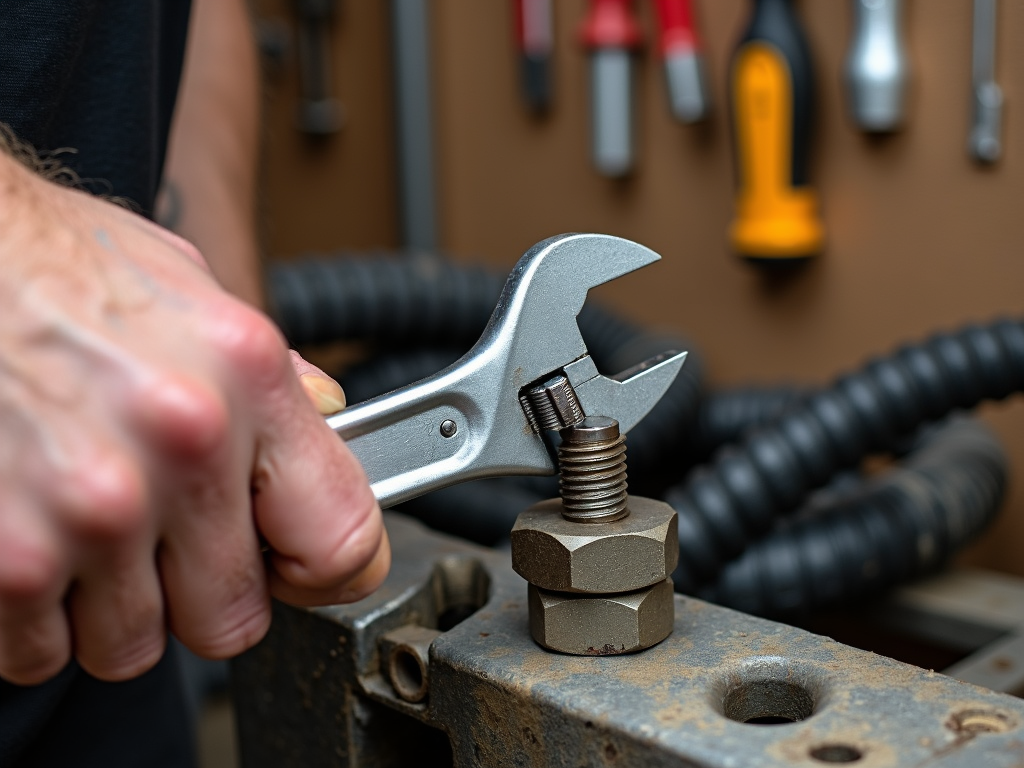The future of industrial automation is here, and it’s changing how industries operate. New technologies promise faster production, lower costs, and safer workplaces. This article explores what’s driving this shift, how it affects workers, and where it’s all heading. Let’s dive into the trends shaping tomorrow.
Where We Are Today
Automation isn’t new. Factories have used machines like robotics and control systems for years. These tools cut errors and speed up work. Today, things like conveyor belts and robotic arms are common. But now, smarter tech—like artificial intelligence and connected devices—is taking it further.
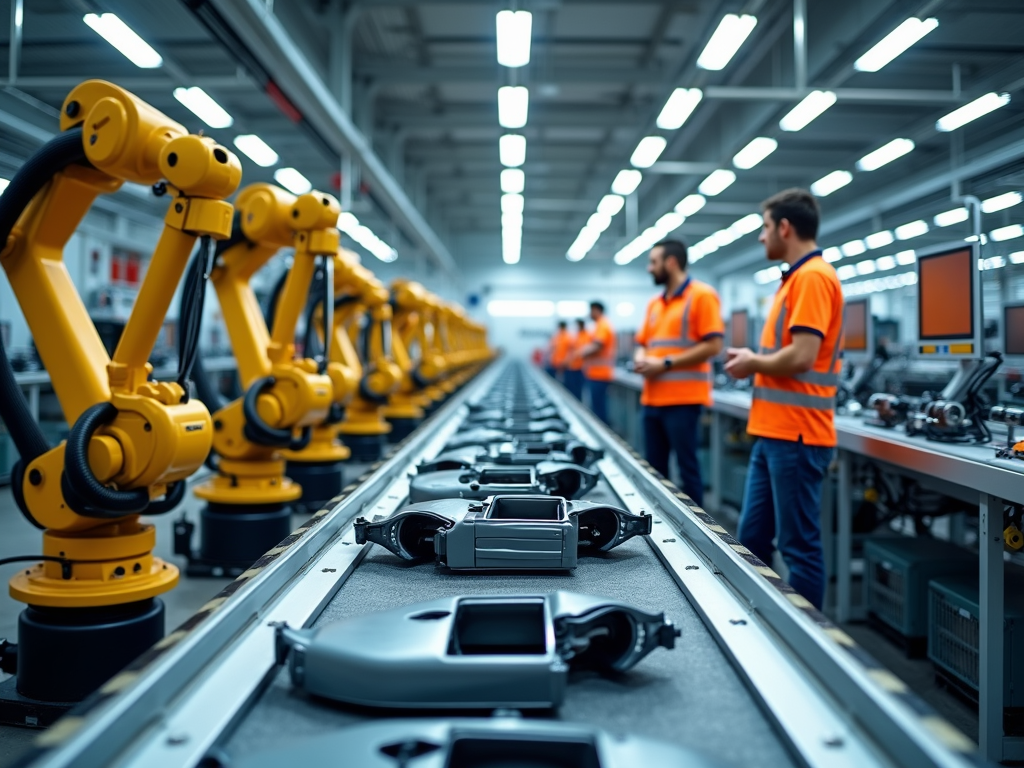
New Tech Changing the Game
The future of industrial automation hinges on tools like AI and the Internet of Things (IoT). AI lets machines learn and adapt. Think of a system spotting a machine fault before it breaks—that’s predictive maintenance saving time and money. IoT connects everything, letting devices talk to each other. Advanced electrical tools for automation, like smart sensors, make this possible.
Robots are evolving too. Collaborative robots—cobots—work with people, not against them. They’re easy to program and handle tasks like lifting or sorting. This flexibility is huge for smaller factories. Personally, I see cobots as a bridge, keeping human creativity in the loop while boosting output.

Why Automation Wins
Automation brings big wins. It ramps up productivity—machines don’t need breaks. Quality improves too; fewer mistakes mean better products. Safety gets a boost as robots handle risky jobs. Plus, it cuts costs over time. Using electrical tools to streamline processes saves energy and reduces waste, which I’ve seen help companies hit green goals.
Here’s a quick look at the perks:
| Benefit | How It Helps |
|-------------------|------------------------------------|
| Speed | Runs 24/7, no downtime |
| Precision | Fewer errors, consistent output |
| Safety | Keeps workers out of danger |
| Cost Savings | Less waste, lower labor costs |
The Flip Side: Challenges Ahead
Not everything’s perfect. Jobs are a big worry—machines can replace people in some roles. Starting automation costs a lot too, which hits smaller businesses hard. Cybersecurity matters more as connected systems face hacking risks. I’ve talked to factory managers who stress about keeping data safe.
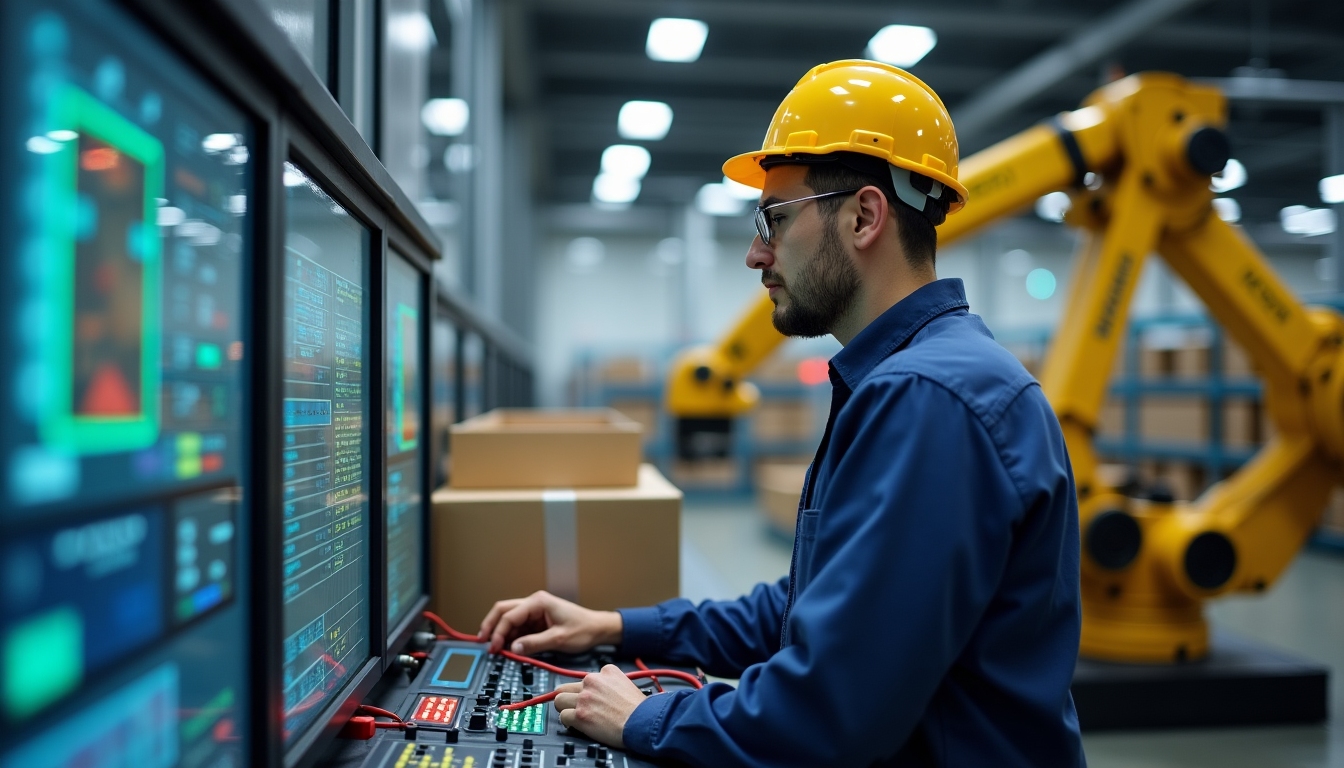
Workers in an Automated World
Automation doesn’t mean no jobs—it means different jobs. Workers need new skills, like running software or fixing smart machines. Workman tools, like diagnostic kits, are key for these tasks. Training is essential. I believe companies that teach their teams to adapt will come out ahead.
What can workers do?
- Learn basic coding or data skills.
- Get hands-on with electrical tools for automation.
- Stay curious about new tech.
This shift isn’t easy, but it opens doors—like designing robots or securing systems.

Real Examples in Action
Look at Tesla. Their factories use robots and AI to churn out cars fast. In medicine, automation keeps drugs pure and exact. Warehouses, like Amazon’s, rely on robots to pack orders in minutes. I’ve seen smaller firms use cobots for packaging too—it’s practical and scalable.
What’s Next: The Future Awaits
The next decade will be wild. AI will get smarter, running entire factories with little help. Cobots will grow common, making work safer and faster. Faster internet, like 5G, will link devices instantly. I predict we’ll see ‘lights-out’ factories—fully automated, no humans needed. It’s exciting but needs careful planning.
In closing, the future of industrial automation offers huge potential. It’s not without hurdles—jobs and security need attention—but the gains in efficiency and safety are worth it. Workers and companies must adapt together. Staying informed and skilled is the way forward. The mix of human grit and machine power will shape tomorrow.
Related The Future of Industrial Automation:
- Visualizing the Future: How AI and Automation Are Shaping Industry
- 10 Must-Have Tools for Every Craftsman
- How to Maintain Your Workman Tools for Longevity
- Top Wrench Sets for Construction Workers: A Comprehensive Guide
- The Future of Painting: Embracing Innovation and AI for Efficiency
- Tips for Organizing Small Workshops Efficiently
- The Evolution of Power Tools: From Manual Labor to Modern Innovation
- Enhancing DIY Projects with Ergonomic Tools
- Essential Workman Tools for Plumbing: A Comprehensive Guide
- Oscillating Tools: A Beginner's Overview
- Mastering Wrenches: A DIYer’s Guide
- Ultimate Guide to Tool Safety: Protecting Yourself in the Workshop
